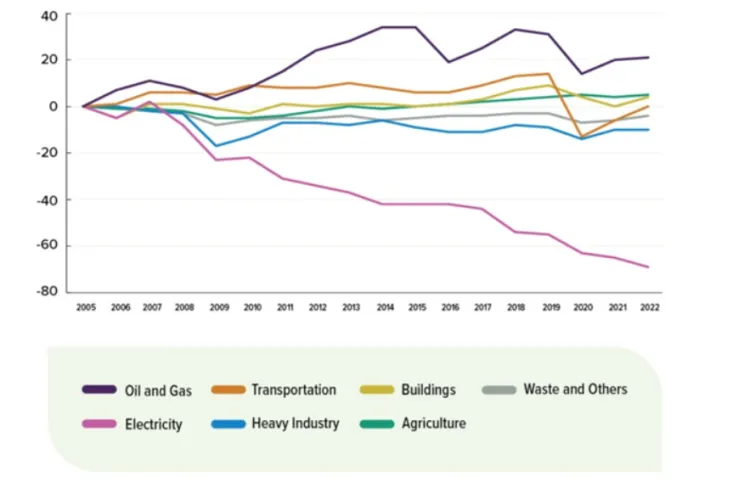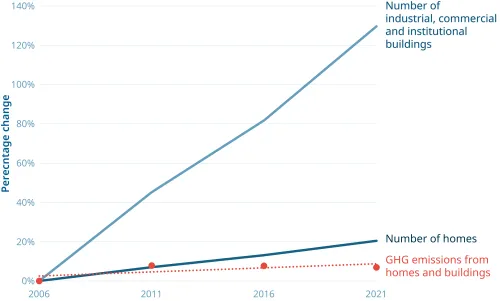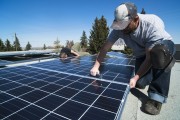While Canada tackles the country-wide housing and affordability crisis, making investments in existing homes and buildings is the only viable path to sector decarbonization. Perhaps more urgently, these places where we live and work — the majority of which will still exist in 2050 — are not built to protect Canadians facing increasingly frequent and extreme weather, and wartime-like mobilization and investment is needed now more than ever. Canada recently released its National Inventory Report, which tells the story of how we are doing on the climate action front. Spoiler alert: not great. We are not on track to meet our 2030 targets and, in many cases, emissions have only continued to climb since reporting began with 1990 data.

The Canadian Climate Institute points out that despite a slight increase in 2022 emissions from 2021, economy-wide they are lower than pre-pandemic and sit 7.1 per cent below 2005, the benchmark year. CCI takes this as meaningful evidence that “Canada continues to decouple emissions from economic growth.”
As Figure 1 shows, emissions from the electricity generation sector have nosedived, as Canadian utilities have successfully decarbonized their grids with the reduction of coal use and increases in renewable energy. But Canada’s top four sectors — including buildings — continue to undercut progress by all others.
While continued buildings emission increases are discouraging, the broader picture shows different trends between new and old buildings. Figure 2 shows that growth in new construction — especially in industrial, commercial and institutional buildings — has not led to a proportional increase in building sector emissions.

Data sources: Canada Mortgage and Housing Corporation, StatsCan, Environment and Climate Change Canada
The construction sector has know-how to keep Canadians safe, healthy and comfortable for a generation now. At its simplest, “build it right the first time” in a heating-dominant country means lots of insulation, sealing out drafts and providing continuous fresh air. It turns out that minimizing energy demand also makes it much easier to switch heating and cooling to less polluting energy sources. What is best for Canadians who spend upwards of 90% of their time indoors is also best for our climate.
So Canada’s real challenge lies in the walls and roofs of homes and buildings that were built long before we got really good at energy efficiency. Building retrofits are the only climate action that not only drives down energy demand and carbon emissions, but also makes life healthier and safer and buildings more climate resilient and affordable to heat and cool. An investment in our homes and buildings is an investment in protecting Canadians and our climate.








